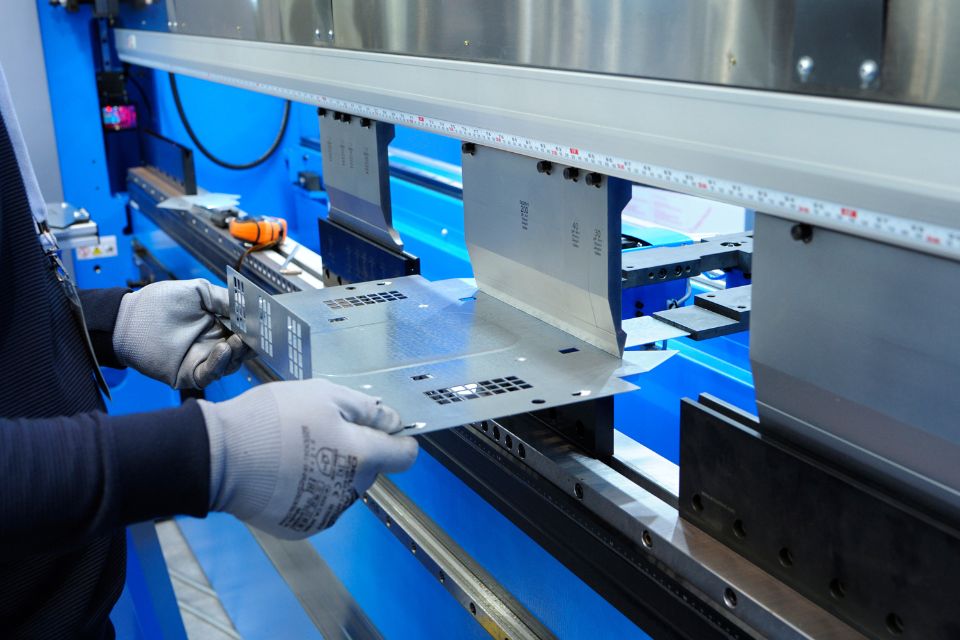People raised during the Great Depression of the 1930s were frugal, out of necessity. They learned to make use of what they had, from fresh foods to canned goods to clothing to tools. They saved scraps and employed them in novel ways to make do and get through hard times.
Today, consumers value sustainability for different reasons. They gravitate toward businesses that can demonstrate a commitment to environmental responsibility for the good of the community and the planet.
The importance of reducing waste in manufacturing includes using sustainable practices. It’s more than a brand promise: sustainability is simply smart business practice.
Using Less
Waste reduction is different than reusing or recycling materials. It’s about using less in the first place. In manufacturing, waste reduction extends to the source of raw materials and the transport of materials to the manufacturing site.
Every dumpster full of garbage represents multiple times its capacity in energy, water, mining, logging, and agricultural resources. Encouraging suppliers to adopt sustainable practices should be a component of waste reduction for any business.
Doing Less
The idea of “doing less” seems counterintuitive in any industry. Don’t manufacturing businesses want to expand their capacity? However, making more doesn’t always translate to improved results. Overproduction is a major source of waste in manufacturing, and another of the areas of waste identified by the principles of lean manufacturing. In addition to overconsumption of raw materials, transportation, and overproduction, other areas to identify to make manufacturing “leaner” and less wasteful include:
- Idleness (waiting): when workers are standing around waiting for the next task to perform, or machines are idle, or inefficient production processes create bottlenecks, it wastes labor and time, which wastes money.
- Processing: adding unnecessary steps to production is wasteful.
- Excess inventory: Although the pandemic exposed weaknesses in “just in time” processes, maintaining excess inventory adds to overhead costs and could create additional waste through spoilage or obsolescence.
- Defects: defective products are waste personified. Quality control and quality assurance are essential to waste reduction.
- Motion: machines that move more than they need to, inefficient plant layouts, storage practices that require workers to search for tools, poorly organized or labeled warehouse racks, or processes that force workers to walk from one end of the plant to another, waste motion that could be directed to more efficient and productive manufacturing activity.
Costing Less
Waste makes costs go up. Wasteful businesses buy more than they need, use more than they should, and create additional costs for disposal and recycling. Elaborate and excessive packaging sends costs up and creates additional waste for the consumer to manage.
From metalworking to mining, from textiles to TVs, the importance of reducing waste in manufacturing becomes clear as manufacturers enhance their profits, minimize their costs, and burnish their brands by adopting sustainable, lean processes. Transforming raw materials into products and transporting those products to the market efficiently in sustainable packaging contributes to global efforts to decrease the environmental impact of producing and consuming products.

